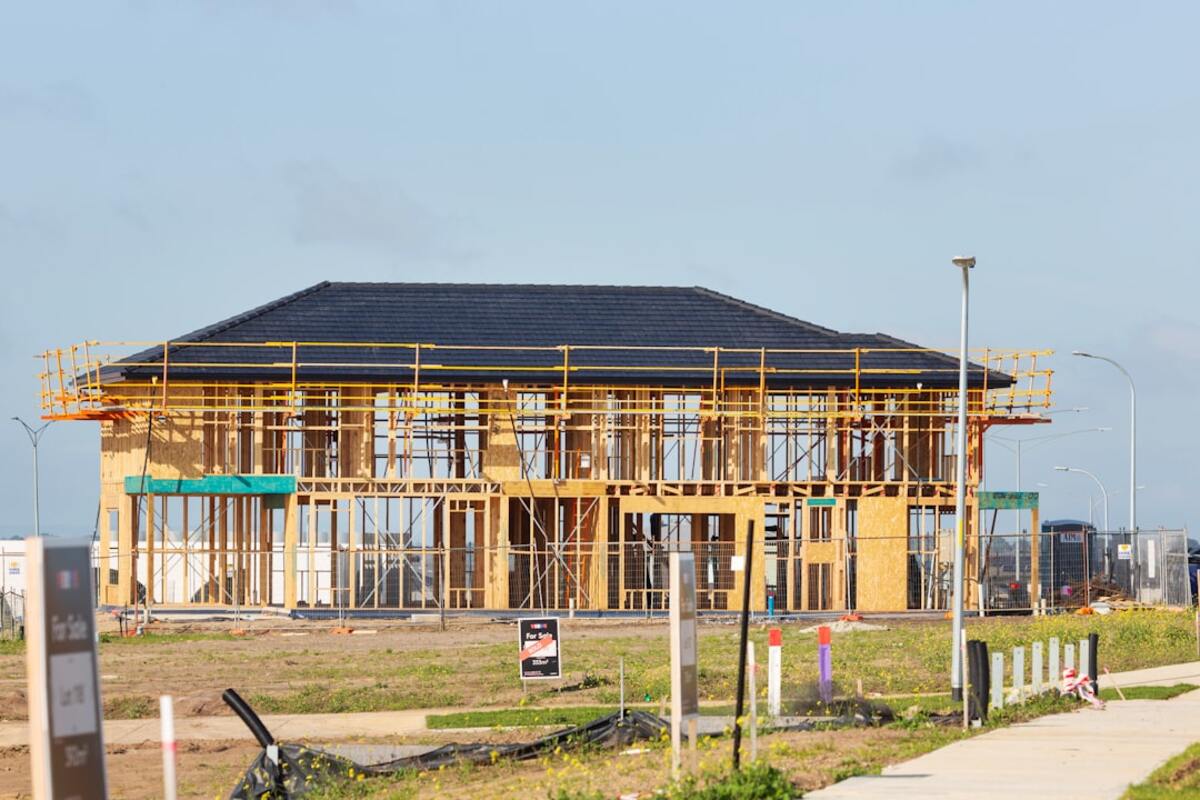The Advent of Hempcrete: A Greener Building Material
Explore the innovative use of hempcrete, a sustainable and eco-friendly building material changing the future of construction.

- Hempcrete is made from the woody core of the hemp plant mixed with lime.
- It offers excellent insulation, fire resistance, and carbon sequestration.
- Adoption of hempcrete is growing, seen in projects across Europe and North America.
Understanding Hempcrete and Its Composition
Hempcrete, a bio-composite material, has been gaining ground as a sustainable alternative to traditional building materials. Comprising hemp hurds— the woody core of the hemp plant—and a lime-based binder, hempcrete offers a breathable, lightweight, and eco-friendly solution. Unlike concrete, which is heavy and energy-intensive to produce, hempcrete is known for its carbon-negative attributes, absorbing more CO2 than it emits during its lifecycle.
The production process of hempcrete is quite simple: the hemp hurds are mixed with water and a lime binder. Once mixed, the resultant material can be cast into blocks or applied in situ, providing flexibility for various construction projects.
| Properties | Concrete | Hempcrete |
|---|---|---|
| Density | High | Low |
| Insulation | Moderate | Excellent |
| Carbon Footprint | High emissions | Carbon-negative |
| Fire Resistance | Moderate | High |
Environmental and Economic Benefits
Hempcrete not only contributes to reducing greenhouse gas emissions but also offers a range of environmental benefits. The cultivation of hemp requires minimal water, no pesticides, and enhances soil health. The plant grows rapidly, with cycles as short as 100 days, allowing for multiple harvests within a year.
Economically, hempcrete presents cost-saving opportunities over time. Its excellent insulating properties reduce energy consumption for heating and cooling, resulting in lower utility bills. Furthermore, buildings made with hempcrete often qualify for green building certifications such as LEED, potentially increasing property value.
Case Studies and Future Prospects
Several projects have already embraced hempcrete, showcasing its versatility and effectiveness. In France, the construction of the “Maison en Chanvre” (House of Hemp) has set a benchmark for sustainable homes. The structure, featuring thick hempcrete walls, demonstrates superior thermal comfort and air quality.
In the United States, the use of hempcrete is gaining momentum. The first public building constructed entirely using hempcrete was completed in 2010 in Asheville, North Carolina. The building has since become a model for sustainable public architecture.
Looking forward, the future of hempcrete is promising. As awareness grows about its environmental benefits and economic potential, we can anticipate broader adoption across the globe. Innovations in production techniques and increased availability of industrial hemp could further reduce costs and enhance the material's properties.
The roadblocks to widespread adoption include the current regulatory framework surrounding hemp cultivation and the need for more standardized building codes. However, with growing interest and research, these challenges are progressively being addressed.
